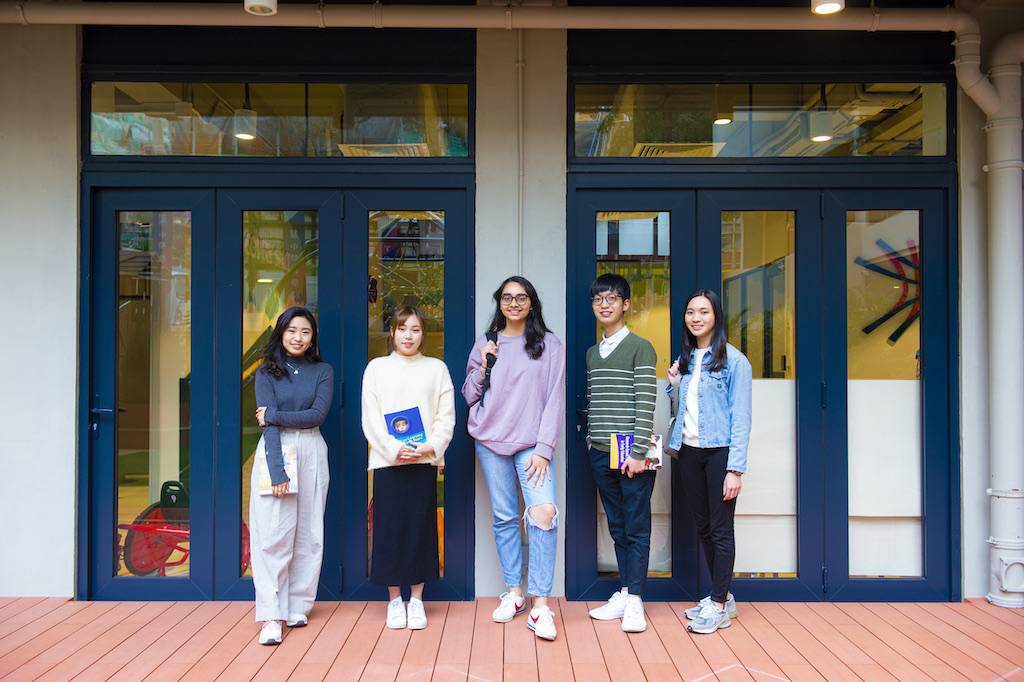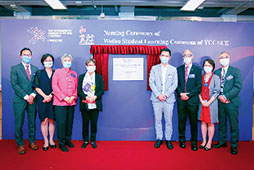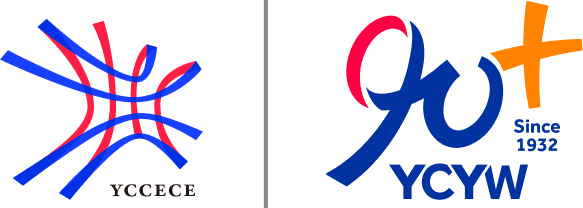Go Back
Media Coverage
Press
Three tips for a future of hybrid teaching (Times Higher Education, 5 July 2021)
Press
05 Jul, 2021
18 : 00
In the coming academic year, it is likely that most educators worldwide will continue to use elements of online teaching across their curricula. So, it is time to start planning for the hybrid teaching environment based on our experience of in-person and digital instruction. Here I present solutions to three major challenges we face when planning effective hybrid courses, based on my experience teaching languages – but these challenges and solutions are common to many disciplines.
Tip 1: Tailor your teaching style to fit the different learning needs in the classroom
There is no one-size-fits-all curriculum for different scenarios of language learning. Even though we are a single-discipline college specialising in early childhood education, our students learn English in a variety of contexts. For example, they learn to use English in the workplace, and while participating in academic and professional courses.
A wealth of literature shows that language learners apply different strategies according to the scenario because the language demand and people’s expectations vary depending on the context.
When our pre-service teachers learn to use workplace English to communicate with parents, the language demand is high. They have to respond to parents in a prompt and professional manner. In this case, synchronous learning, or live sessions, will be more effective to equip learners with the “live” communication skills they need. We value conciseness over lengthy, sometimes spoon-feeding, sessions. Instead of having fewer longer sessions, we offer more classes that are shorter. This allows students to consolidate their learning in between and develop creative ideas through real-life experiences.
However, for academic courses, asynchronous learning might be better. When learners are asked to write an essay about Vygotsky’s sociocultural theory, learners can read and process the materials online and write down their reflections at their own pace.
Educators need to think about what the different elements of their courses or modules aim to achieve and, from there, plan what will work best as live teaching and what would be better served by asynchronous instruction.
Tip 2: Become digitally literate
While connected devices are enablers, they are not drivers. It is easy to get carried away by thinking that access to online tools alone can lead to digital know-how. Human interaction and training remains crucial in teaching digital literacy – the skills to live, learn, and work in an increasingly digitised society – to faculty and students.
Last year, many institutions purchased or subscribed to various digital platforms and services that they could not make full use of. It was a steep learning curve for all university staff. Due to the urgency of the move to online teaching, it was not an immediate priority to equip all faculty and administrators with the knowledge and skills needed for effective hybrid teaching. However, looking and planning ahead, it should be made explicit that digital literacy is part of the job requirements for all faculty and administrators.
Staff training and development programmes with a focus on hybrid teaching and e-learning are likely to become more important. For planning purposes, it is a good idea to gather all staff together to discuss and identify the most burning issues that need addressing. This will assist in the prioritisation of limited time and resources.
There are less formal ways to improve the digital capabilities of staff, such as using “e-Learning champions”. These are staff members with the skills and passion to teach and support their colleagues in the use of new technological tools for effective online teaching. Our e-Learning champions were given small budgets to pilot new tools and make use of trial opportunities prior to making a decision on whether to purchase a platform or not. They also provided an initial helpline for colleagues on issues relating to hybrid teaching.
Tip 3: Brush up on the key fundamentals of learning
The surge in new digital tools and pedagogies can feel overwhelming. As lifelong learners and educators, the process of learning and “unlearning” is a way of improving our methods in the classroom. However, it does not mean we need to unlearn everything. The pandemic changed the way we live, learn, and work overnight, but the science of learning languages, as in many disciplines, remains similar even if the mode of delivery alters.
There will, no doubt, be a new wave of post-pandemic research about language learning, but some things are likely to remain largely unchallenged. The physiology behind language learning, including neuroscience, speech and hearing sciences, should be more or less the same today as pre-pandemic. The linguistics of languages such as phonology, semantics and pragmatics are unlikely to see any dramatic change. Good practices such engendering motivation, student interaction and designing learning to meet the needs of students from diverse cultural backgrounds will continue to be the foundation of good teaching in a new hybrid era.
Instead of throwing away well-tested practices, we should reassess them and transfer useful ones to the new context of hybrid language learning. They will act as a useful guide for us to adapt and enhance our teaching and learning to meet new challenges and needs.
Brad Chan is assistant professor in the Yew Chung College of Early Childhood Education.









